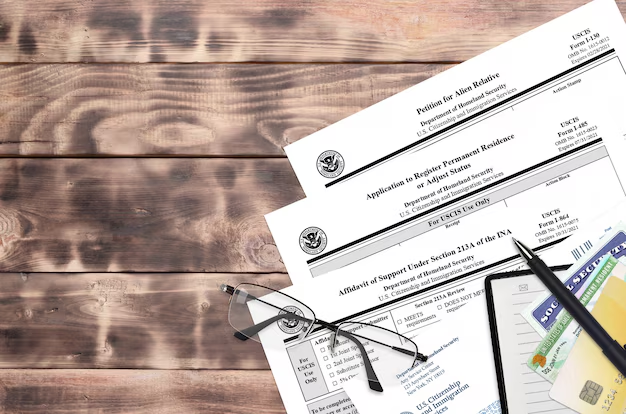Is Disney Paying Dividends? Understanding the Company's Approach to Shareholder Payouts
When you think of Walt Disney Co., iconic movies, world-class theme parks, and exciting entertainment may come to mind. But if you're an investor, you're probably curious about the financial aspects of this entertainment giant, particularly regarding dividends. Does Disney pay a dividend? If so, what can you expect? Let's dive into the world of Disney dividends and explore what they mean for shareholders today.
📊 The Current Dividend Status
Disney has had a long history of paying dividends to its shareholders. However, like many companies, its dividend policy is not set in stone and can change with the company's financial circumstances and strategic priorities. As of the latest updates, Disney has suspended its dividend payments, a decision that has significantly affected its investors' usual income flow.
Why Disney Suspended Dividends
COVID-19 Impact: The pandemic brought unprecedented challenges to Disney, particularly affecting its parks, experiences, and products segment. The revenue hit led to careful cost management, including pausing dividend payments.
Strategic Reinvestment: Disney often chooses to reinvest in its operations to support long-term growth visions, such as investing in streaming services that have gained substantial popularity.
Financial Flexibility: By suspending dividends, Disney can maintain more cash on hand to navigate potential economic uncertainties and invest in opportunities that promise higher returns over time.
🧐 Understanding Dividends
Before diving further into Disney's financial choices, it's essential to understand dividends. A dividend is a portion of a company's earnings distributed to shareholders, typically in cash or additional shares. Dividends are a way for companies to share profits with those invested in their success.
- Cash Dividends: Direct payments to shareholders, usually on a quarterly basis.
- Stock Dividends: Issuance of additional shares instead of cash, increasing the shareholder's total share count.
📈 Disney's Historical Dividend Trends
Traditionally, Disney offered semi-annual dividend payouts. Over the years, these payouts have been relatively modest compared to some higher-yield stocks. The emphasis has always been on a balanced approach between rewarding shareholders and supporting expansive growth.
Highlights of Disney's Dividend Strategy
- Modest Payout Ratios: Historically, Disney maintained a moderate payout ratio, reflecting its growth ambitions across various entertainment sectors.
- Periodic Increases: When dividends were paid, investors occasionally benefited from incremental increases, reflecting positive financial health.
🔍 Key Factors Influencing Dividend Policies
Understanding what influences Disney's decision to pay dividends or not can provide insight into its broader financial health and strategic direction.
Economic Conditions and Market Opportunities
- Market Volatility: Economic uncertainty often prompts companies like Disney to retain cash for flexibility.
- Investment in Innovations: Allocating capital towards innovation or infrastructure can divert funds from dividend payments.
Company Performance and Strategy
- Profit Margins: Higher profits allow for more extensive or more frequent dividend payouts. Conversely, tight margins might lead to suspending dividends to preserve capital.
- Growth Initiatives: Disney's push towards expanding its streaming services—such as Disney+—is a key factor demanding significant investment.
📜 How Do Dividends Affect Shareholders?
For Income-Focused Investors
Investors relying on dividend income may find the suspension challenging. However, understanding that this approach facilitates potentially higher future returns can offer some consolation.
For Growth Investors
Reinvesting profits in growth areas like technology or new market segments might lead to greater capital appreciation, potentially rewarding patient investors in the long run.
🚀 The Future of Disney Dividends
While the current suspension remains, many shareholders are optimistic about the resumption of dividend payments. Here's a look at possible future scenarios:
Resumption Post-Recovery: If economic conditions stabilize and parks fully rebound, there could be room to resume dividends at reduced or previous levels.
Permanent Redirection: Seeing notable success from its strategic ventures, Disney might opt permanently to prioritize reinvestment over dividends.
🧠 Analysis and Potential Investor Actions
For potential or current Disney investors, knowing how to position oneself during periods of change is crucial.
- Assessment of Goals: Evaluate if your investment strategy aligns with companies that are currently prioritizing growth over direct shareholder payouts.
- Diversification: Ensure a balanced portfolio that does not overly rely on dividend income from single entities, thus mitigating risks of income disruption.
📝 Summary Insight
Here's a succinct overview of what investors should consider:
🔍 Current Status: Disney has paused dividend payments amidst pandemic recovery and strategic reinvestment efforts.
📈 Historical Context: Known for semi-annual dividends tied with a moderate payout ratio.
🌱 Future Prospects: Potential for resuming dividends post-economic recovery or further continuous reinvestment in strategic growth areas.
Investor Tips 👇
- Evaluate Long-term Growth: Consider whether potential stock price appreciation aligns with your investment strategy.
- Stay Informed: Keep up with Disney's quarterly earnings reports for updates on dividend policy changes.
- Diversify: Ensure a diversified portfolio to manage risk if you rely on dividend income.
By understanding Disney's current dividend stance and exploring potential future directions, investors can make informed decisions that align with their financial goals. Whether a dividend investor or a growth-focused one, the key is to remain adaptable and aware of broader market trends and individual company strategies.
